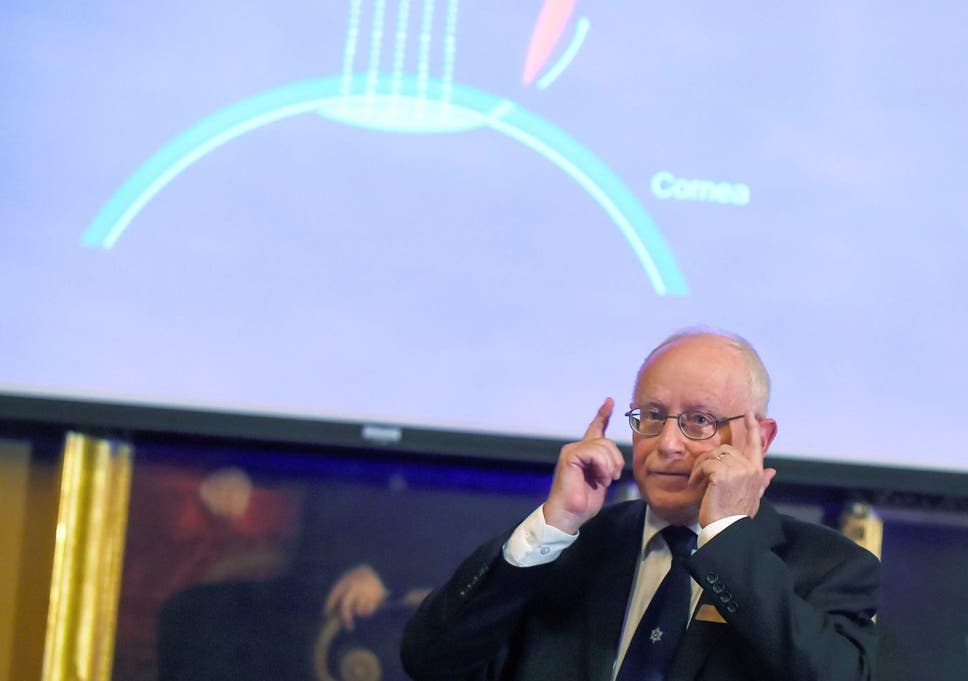
The 2018 Nobel Prize in Physics has been given to scientists who used lasers to solve some of the universe's smallest mysteries.
The award was given to Arthur Ashkin and the other half jointly to Gérard Mourou and Donna Strickland.
Ashkin was given the prize for "optical tweezers and their application to biological systems", the committee wrote. Those optical tweezers use lasers to grab particles, atoms, viruses and other living cells.
That in turn allowed for something from science fiction's dreams: using light to move physical objects around. He found that he could push small particles towards the centre of the beam and hold them there.
As well as being a stunning breakthrough in itself, the discovery led to further work as scientists could use the tweezers to investigate the tiny processes that power the universe. They can grab bacteria without harming them, for instance, allowing Ashkin and other scientists to investigate what the committee called the "machinery of life".
Mourou and Strickland allowed mankind to create the shortest and most intense laser pulses ever seen. With a technique called chirped pulse amplification, or CPA, they allowed for high-intensity lasers, of the kind that are used today millions of times to carry out corrective eye surgeries.
Their discoveries also laid the foundation for the work done by Ashkin. And the full implications of their work have still not yet been found.
"The innumerable areas of application have not yet been completely explored," the committee wrote. "However, even now these celebrated inventions allow us to rummage around in the microworld in the best spirit of Alfred Nobel – for the greatest benefit to humankind."
Strickland is the first woman to be named a Nobel laureate since 2015. She is also only the third to have won the physics prize, with the first being Marie Curie in 1903.







